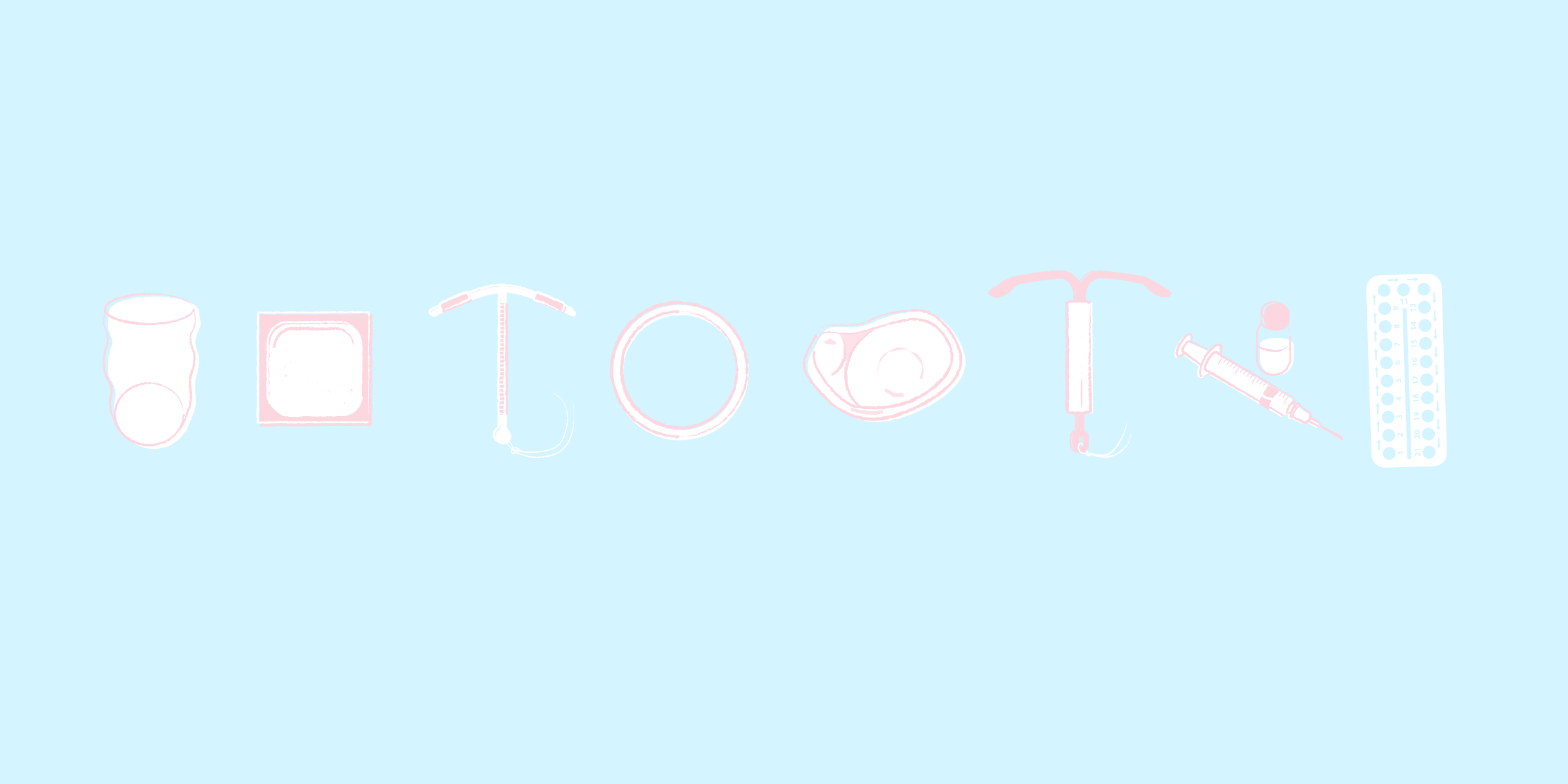Key Takeaways
- Während es ganz normal ist, dass es einige Monate dauert, bis eine Schwangerschaft eintritt, können auch Krankheiten dem zu Grunde liegen.
- Die Gelbkörperschwäche kann für einen unerfüllten Kinderwunsch verantwortlich sein.
- Im Artikel erfährst du, wie du erkennst, ob du an einer Gelbkörperschwäche leidest.
Luteal phase deficiency, medically referred to as luteal insufficiency, is one of the most frequent causes of infertility and is a functional disorder of the ovaries. The corpus luteum, which normally forms in the ovaries after ovulation, does not develop sufficiently in the case of luteal insufficiency.
As a result, too little progesterone is produced. Yet progesterone is essential for the implantation of the embryo in the uterine lining. Too little of the hormone means that the lining of the uterus does not build up sufficiently, making implantation impossible, or increasing the likelihood of early miscarriage during the first weeks of pregnancy.
Symptoms: How Do I Recognize Luteal Phase Deficiency?
An irregular cycle is an important symptom. With progesterone deficiency,...
Medically Reviewed
This text was created by medical editors on the basis of specialist medical literature and current studies. Our aim is to work scientifically, identify sources and regularly check that the content is up to date.
References & Literature
- Bühling, Kai J. "Ernährung und Nahrungsergänzungsmittel bei Kinderwunsch der Frau." Gynäkologische Endokrinologie 17.1 (2019): 3-10.
- Stute, Petra. "Kombinierte Hormonersatztherapie mit vaginalem Progesteron–ausreichend für den Endometriumschutz?." Gynäkologische Endokrinologie (2022): 1-2.
- Khan, Muhammad Jaseem, Anwar Ullah, and Sulman Basit. "Genetic basis of polycystic ovary syndrome (PCOS): current perspectives." The application of clinical genetics 12 (2019): 249.
You might also be interested in these articles
Kinderwunsch
Reproduktionsmediziner Dr. Löbbecke beantwortet die wichtigsten Fragen zur Fruchtbarkeit6 Min. Lesezeit








